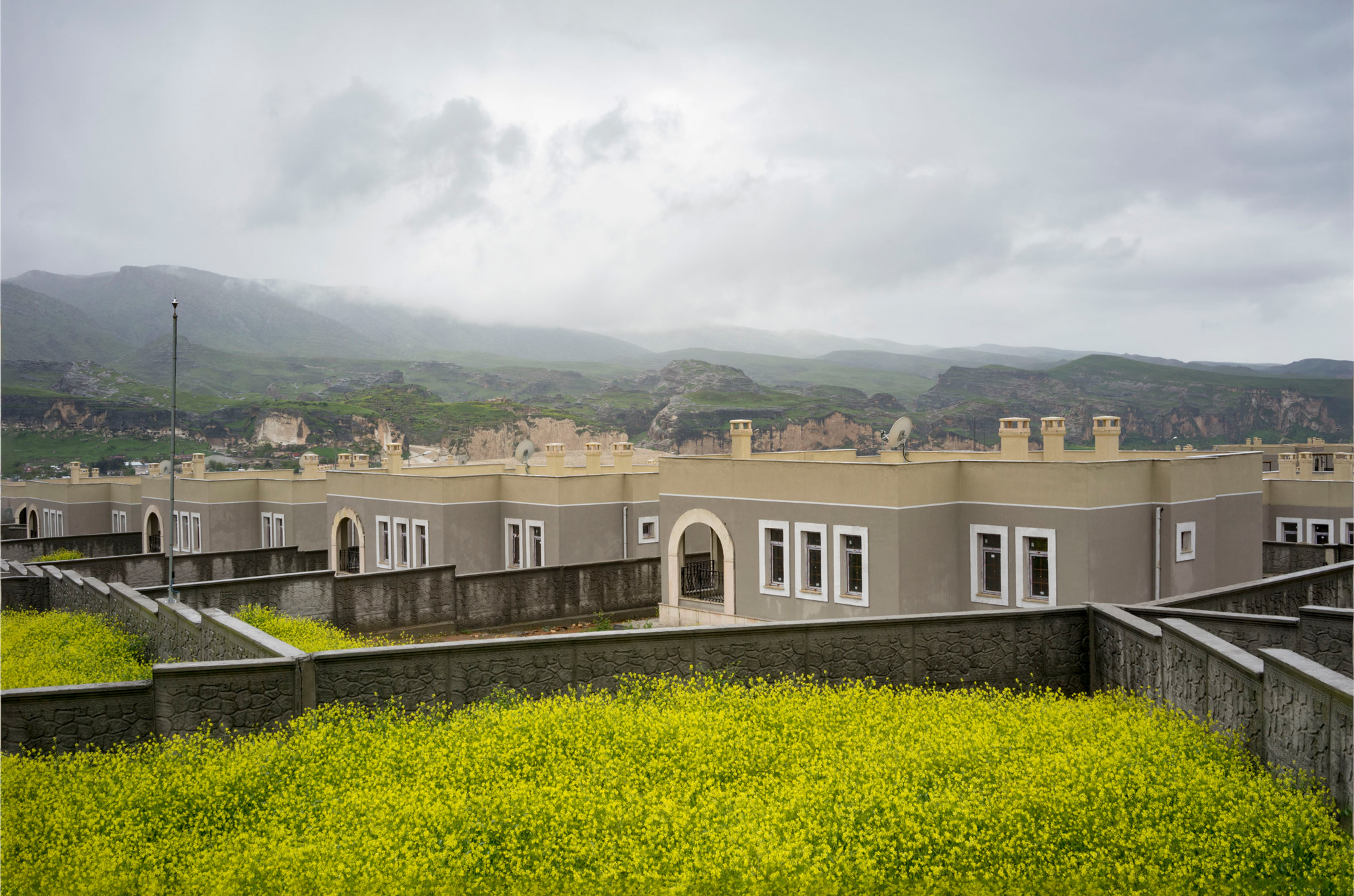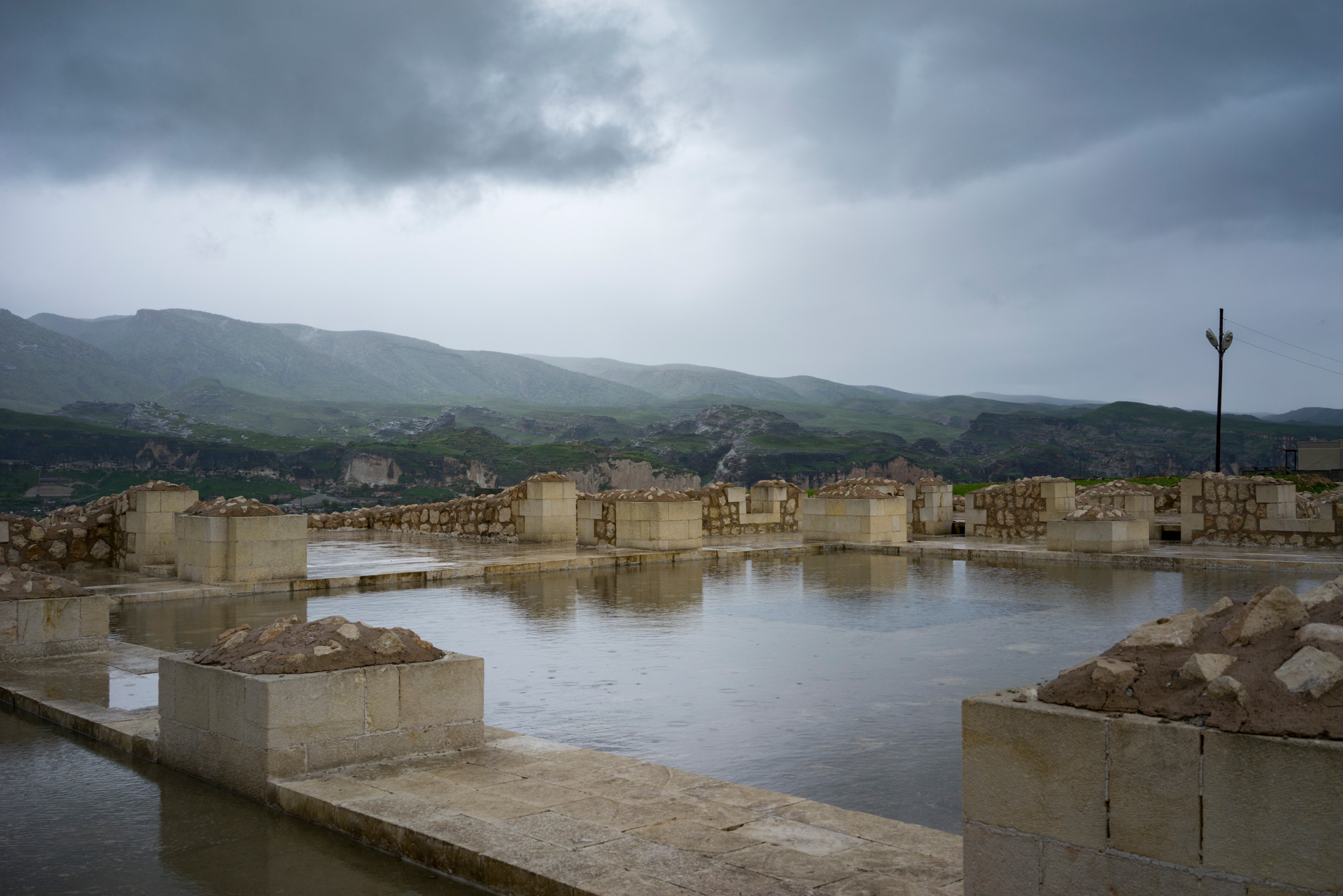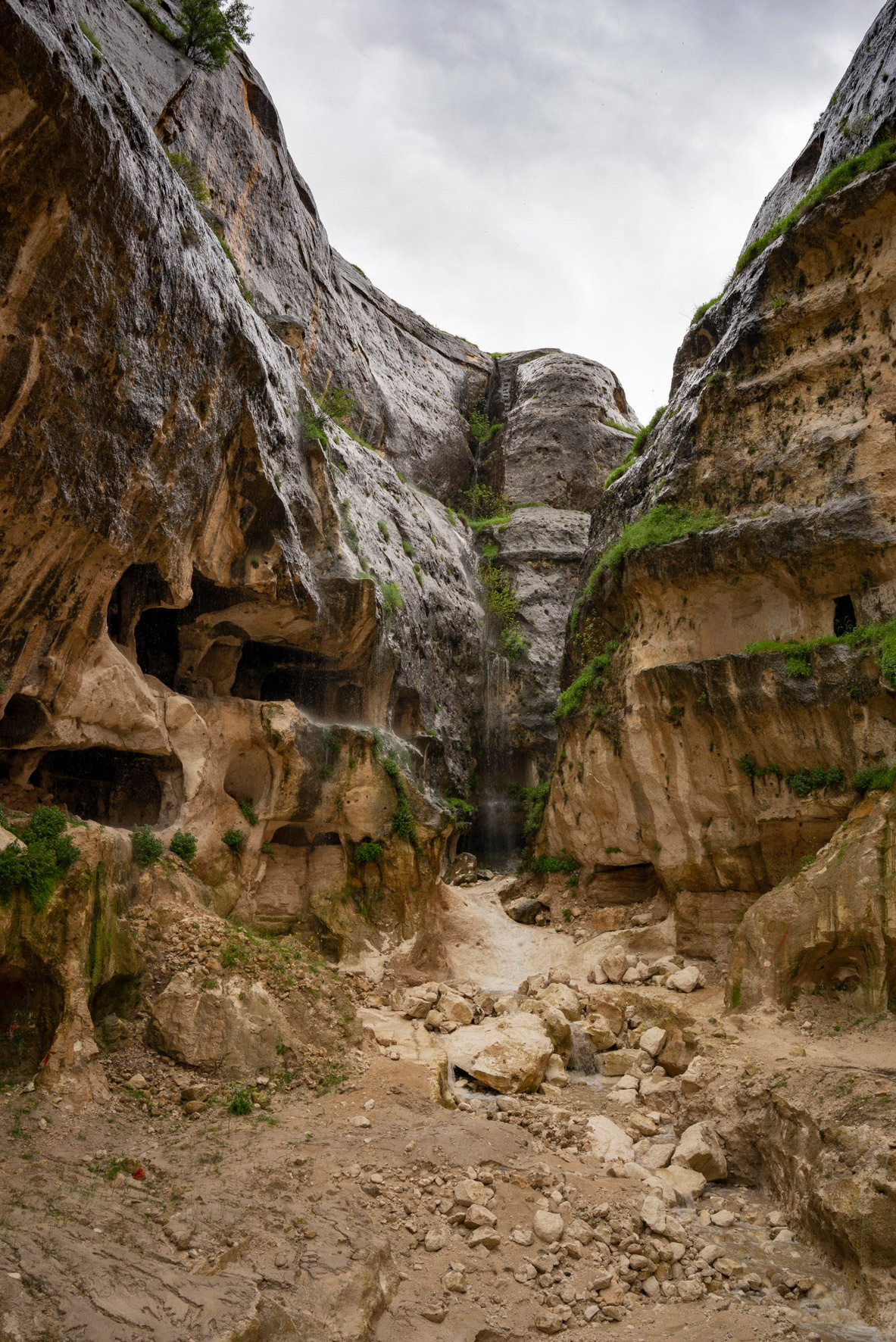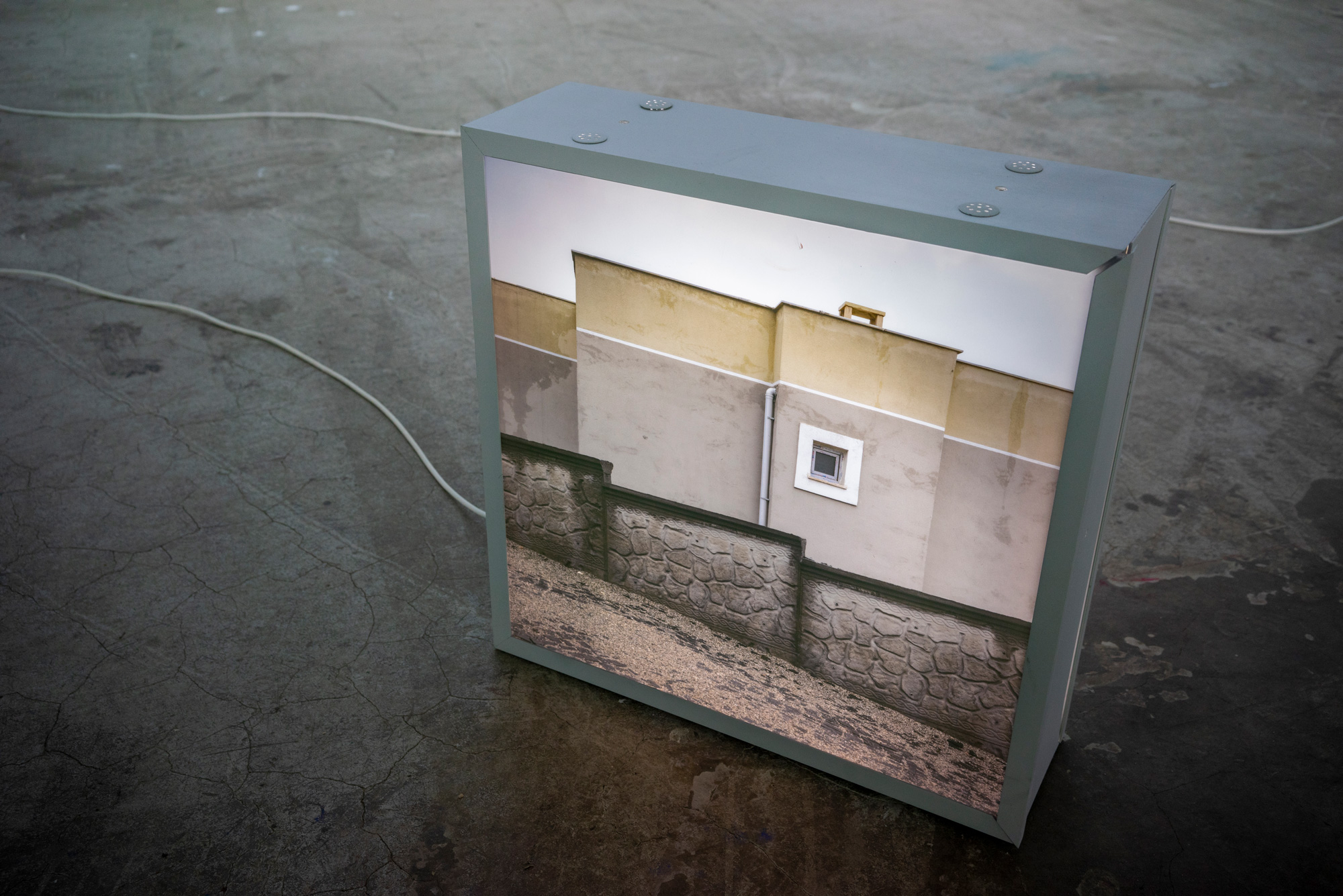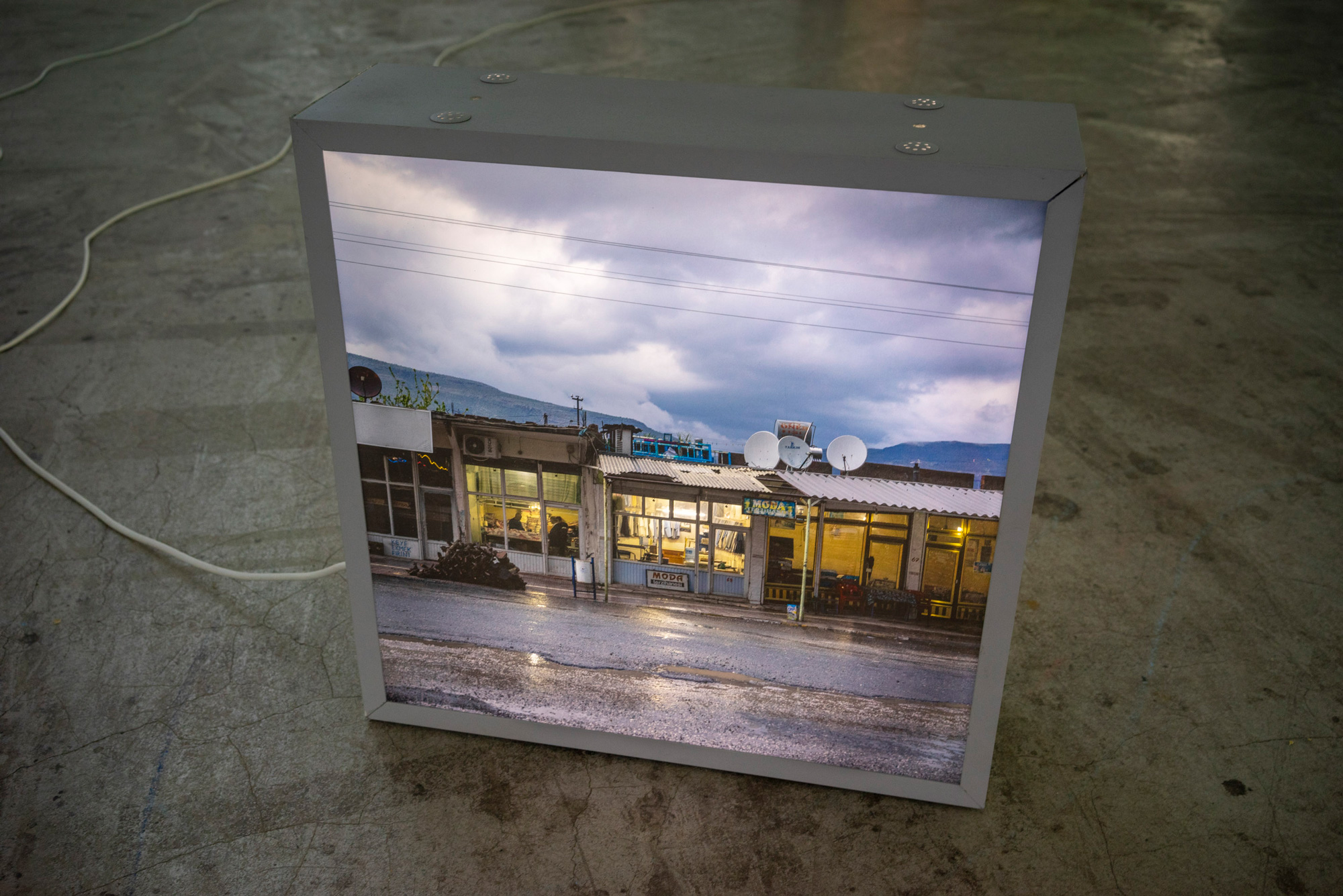Mara Pollak lives and works between Munich and the Rhineland. In 2021 she graduated with honours from the Academy of Fine Arts Munich, where she studied visual arts with Julian Rosefeldt.
awards & grants
-
2025
Artist in Residence Scholarship, Mecklenburgischs Künstlerhaus Schloss Plüschow
-
2025
Artist in Residence Scholarship, Künstlerhaus Dortmund
-
2024
Pfalzpreis for Fine Arts, Shortlist
-
2024
Artist in Residence Scholarship, Künstlerhaus Edenkoben
-
2023
Deutscher Fotobuchpreis 2023, Silver Medal Winner
-
2023
NEUSTARTplus Grant for visual artists, Stiftung Kunstfonds Bonn
-
2023
Encontros da Imagem, Photobook Award, Shortlist
-
2023
Scholarship of the Alfred Toepfer Stiftung F.V.S.
-
2022
Artist in Residence Scholarship, Schloss Raitenbuch, Kallmünz
-
2021
Neustart Kultur Grant, Stiftung Kunstfonds, Bonn
-
2021
Junge Kunst und Neue Wege Grant, Free State of Bavaria
-
2021
Besondere Bücher, it‘s a book fair, Leipzig
-
2019
Meisterschülerin of Professor Julian Rosefeldt, Academy of Fine Arts Munich
-
2018
Prize for Photography, Förderpreis der Stadt München 2018
exhibitions (selected)
-
2024
Transformation, Staatsgalerie Stuttgart
-
2024
Transformationen, mpk Museum Pfalzgalerie Kaiserslautern
-
2024
re:scape, Atelierfrankfurt, Frankfurt (Main)
-
2024
SuperEcho, ZIRKA Space, Munich
-
2023
firne, Goethe-Institut Paris
-
2023
superBOOKS, Haus der Kunst, Munich
-
2023
Past & Present, Der Greif, Pinakothek der Moderne, Munich
-
2023
Encontros da Imagem, International Photography & Visual Arts Festival, Portugal
-
2022
Rencontres Internationales, Louvre Paris
-
2022
Jahresgaben (annual gifts), Kunstverein Munich
-
2022
Lassitude, Goethe-Institut Paris
-
2022
Rencontres Internationales, Haus der Kulturen der Welt, Berlin
-
2022
Der Einfluss des Raumes, Rinde am Rhein, Düsseldorf
-
2022
Tacker Preselection, Galerie der Künstler:innen, Munich
-
2022
Reconstructions, Kunstquartier Bethanien, Berlin
-
2022
Roter Reiter, Mohr-Villa, Munich
-
2021
Jahresgaben (annual gifts), Kunstverein Munich
-
2021
Videodox Biennale, Promotion Prize 2021, Galerie der Künstler:innen, Munich
-
2021
Ihr kommt auch noch in Mode, Direkte Auktion, Die Möglichkeit einer Insel, Berlin
-
2021
Of Things Baroque, Kunstverein Leipzig
-
2021
Zurückgebaut, Degree show, Academy of Fine Arts Munich
-
2021
Ich bin so entspannt, ich spüre wie meine Zähne [...], Kunstarkaden Munich
-
2021
for free, Galerie Andreas Binder, Munich
-
2021
Spannungsfeld Energie, Akademie Galerie, Munich
-
2020
Jahresgaben (annual gifts), Kunstverein München
-
2020
Le magnétophone ne marche pas (1ère partie), Goethe-Institut Paris
-
2020
In the dark times [...], Blitz Music Club, Deutsches Museum Munich
-
2020
Hasankeyf, Köşk Munich
-
2020
Menschenbilder, Neues Rathaus, Munich
-
2019
Jahresgaben (annual gifts), Kunstverein Munich
-
2019
Strata, School of Architecture, Biberach an der Riß
-
2019
meze evi, Villa Stuck, Munich
-
2019
Die Kunst verbindet alle Welt, Pasinger Fabrik, Munich
-
2018
Jahresgaben (annual gifts), Kunstverein Munich
-
2018
das kleine format, Kunstverein Aichach
-
2018
iV-Kunstpreis, Shortlist, iV Kunst und Forum, Munich
-
2018
Kunstfilmtage, KMMN, Kassel
-
2018
Förderpreise 2018 der Landeshauptstadt München, Lothringer 13, Munich
-
2017
Jahresgaben (annual gifts), Kunstverein Munich
-
2017
So gut wie nichts hat alles gut gemacht, Kulturwerkstatt 10, Fürstenfeldbruck
-
2016
Hayward & Tamayo, Kunstverein Munich
-
2016
There will be blood, Kirche St. Ludwig, Munich
-
2016
If you still see her, then housekeeping did not do their job, Notel Prinzregent, Munich
-
2016
Falsche Vorstellungen kuratiert von Martin Fengel, Lothringer 13, Munich
libraries & collections
-
Collection of the Central Institute for Art History, Munich, DE
Library of Galeria da Estação, Braga, PT
Downloads / Press
imprint
Design & Code: Sophia Goedecke
© Mara Pollak, 2024
Disclaimer
The content, works and information provided on this website are subject to German copyright and ancillary copyright law. Any kind of reproduction, editing, distribution, storage and any kind of exploitation outside the limits of copyright law requires the prior written consent of the respective copyright holder. Unauthorized copying/saving of the information provided on these web pages is not permitted and is punishable by law.
The website contains so-called "external links" (links) to other websites, on whose content the provider of the website has no influence. For this reason, the provider cannot assume any liability for these contents. The respective provider of the linked website is responsible for the content and accuracy of the information provided. At the time of linking, no legal violations were apparent. If such an infringement becomes known, the link will be removed immediately.
Hasankeyf (2020)
Since the autumn of 2019, the water level has been rising by one metre a day. In the meantime, the traces
of almost 12,000 years of human history, with a multitude of historically important sites, have been submerged in the floodwaters of the
huge Ilısu reservoir. Hasankeyf, located on the Mesopotamian river Tigris, is just one of around 200 villages in south-eastern
Anatolia that have had to make way for Erdogan's massive dam project. The Ilısu Dam impounds the
Tigris and forces the region's inhabitants to leave their homes and land. More than 6,000 cave dwellings, built by people
over thousands of years and inhabited by families until very recently, have been filled in with concrete and disappeared into the
water along with a unique natural landscape.
New-Hasankeyf now rises above the current level of the dam, on the edge of the mountains. In 2014, a state-owned housing company
began building a test-tube city on a dust-dry plateau. It is a settlement planned on the drawing board, in which only the municipal
buildings break out visually from a pattern of identical houses.
Only a few of the former residents can afford to buy a house in the new settlement. Since the beginning, they have complained about
dry water pipes and major construction defects in houses and roads. A paradox – for people who had to give up their roots and leave
the water behind.
Seit Herbst 2019 stieg der Pegel täglich um einen
Meter. Mittlerweile sind die Spuren von fast 12000 Jahren Menschheitsgeschichte mit einer Vielzahl historisch bedeutsamer Stätten
im Wasser des riesigen Ilısu-Stausees versunken.
Hasankeyf, gelegen am mesopotamischen Fluss Tigris, ist nur eine von rund 200 Ortschaften im Südosten Anatoliens,
die dem gewaltigen Staudamm-Projekt weichen musste. Die Ilısu-Talsperre staut den Tigris und zwingt die Bewohner der Region dazu,
ihr Haus und Land zu verlassen. Mehr als 6000
Höhlenbehausungen, die die Menschen über die Jahrtausende errichteten und in denen bis vor Kurzem noch Familien lebten, wurden
zubetoniert und sind zusammen mit einer einzigartigen Naturlandschaft im Wasser verschwunden.
Oberhalb des jetzigen Staudammpegels, am Rand der Berge, liegt nun Neu-Hasankeyf. Auf einer staubtrockenen Hochebene hat ein
staatlicher Wohnungsbaukonzern 2014 mit dem Bau einer Retortenstadt begonnen. Eine Siedlung geplant am Reißbrett, in der nur die
kommunalen Gebäude optisch aus einem Muster an immer gleichen Häusern ausbrechen.
Nur wenige der ehemaligen Bewohner können sich ein Haus in der neuen Siedlung leisten. Und diese klagen seit Beginn an über trockene
Wasserleitungen und erhebliche Baumängel an Häusern und Straßen. Ein Paradoxon – für Menschen, die ihre Wurzeln aufgeben und dem
Wasser weichen mussten.
large format photographs
light boxes
various formats
exhibition views:
Kösk, Munich 2020
review: Süddeutsche Zeitung, 06.2020
